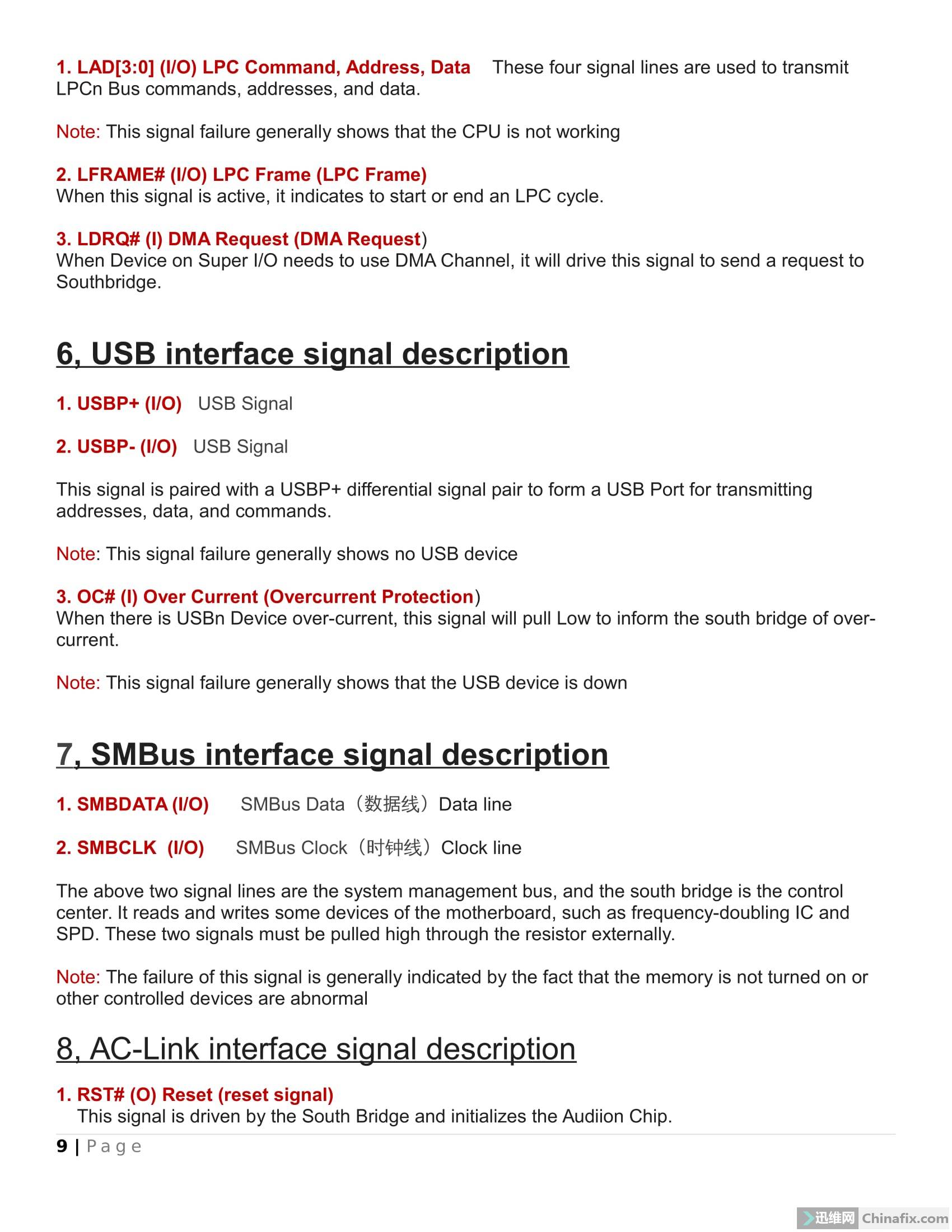

Penny Patterson began working with Koko, a western lowland gorilla ( Gorilla gorilla gorilla), teaching her sign language. It can even be used to communicate with gorillas ( Gorilla gorilla). Sign language is a powerful way for people of all hearing abilities to communicate. More and more, ASL is taught by many schools and colleges as part of modern and “foreign” language classes. Today, ASL is used by more than a million people. There is no single “inventor” of ASL, but linguists and historians believe it may have evolved from French Sign Language (LSF) more than 200 years ago. In the United States, ASL has become the dominant sign language among the deaf and hard-of-hearing communities. Today, there are more than 300 different sign languages in the world, spoken by more than 72 million deaf or hard-of-hearing people worldwide.

A person fluent in ASL may travel to Sydney, Australia, and have trouble understanding someone using a local version of sign language-instead of different dialects or accents apparent in oral language, the signs and gestures are different. For example, American Sign Language (ASL) is different from Australia’s Auslan sign language, which is different from the British Sign Language (BSL) used in the United Kingdom.

Different countries typically have their own version of sign language, which is unique to their region and culture. Just like with spoken languages, there is no “universal” sign language. As with any spoken language, sign language has grammar and structure rules, and it has evolved over time. Although sign language is used primarily by people who are deaf or hard of hearing, it is also used by many hearing people. The language relies on visible cues from hands, eyes, facial expressions, and movements to communicate. Sign language is a visual language expressed through physical movements instead of spoken words.


 0 kommentar(er)
0 kommentar(er)
